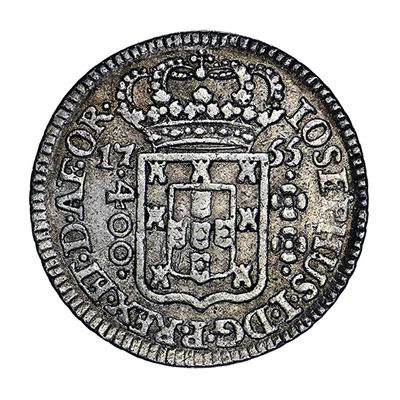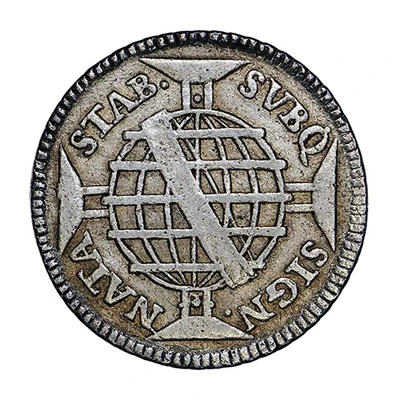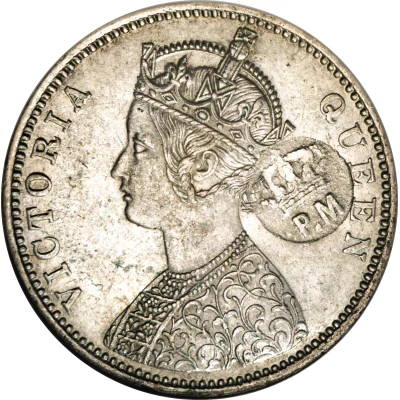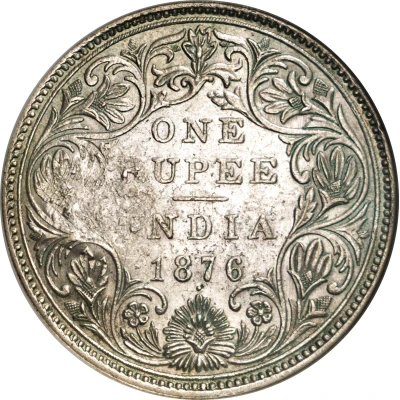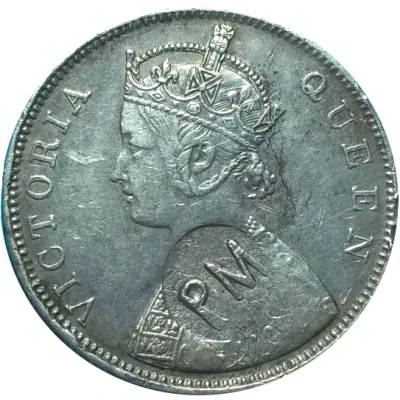
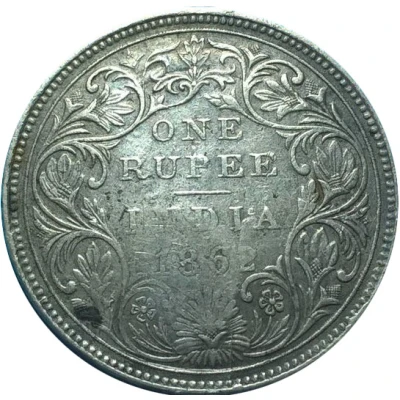

450 Réis - Charles I Countermark over 1 Rupee / India, British
| Silver | 11.66 g | 30.78 mm |
| Issuer | Mozambique |
|---|---|
| King | Luís I the Popular (1861-1889) Charles I the Diplomat (1889-1908) |
| Type | Standard circulation coin |
| Years | 1835-1892 |
| Value | 450 Réis |
| Currency | Real (1706-1910) |
| Composition | Silver |
| Weight | 11.66 g |
| Diameter | 30.78 mm |
| Shape | Round |
| Technique | Countermarked |
| Orientation | Coin alignment ↑↓ |
| Demonetized | Yes |
| Updated | 2024-10-06 |
| Numista | N#136980 |
|---|---|
| Rarity index | 90% |
Reverse
Script: Latin
Lettering:
ONE
RUPEE
INDIA
1862
Edge
Reeded
Comment
According to reports from the colony's government, the value varied from place to place (380 to 450 Réis) and this caused disruption in trade. Even the Banco Nacional Ultramarino notes were subject to a premium.The countermark "Crowned PM" was instituted by the "NOTICE FROM THE BOARD OF FAZENDA of 05JAN1889".
A box with 40 punches, small anvils and hammers was sent from the Lisbon Mint.
Due to heavy use they quickly became inoperable.
Given the urgency, they were replaced by the stamp "PM" as there were no engravers in the colony that could do a better job (NOTICE FROM THE BOARD OF FAZENDA of 19JAN1889).
The stamp continued to be used under King Carlos and, traditionally, Portuguese catalogs "arrange" coins with this stamp during the reign of this last king.
Due to its crude manufacture, it was largely counterfeited at the time, and its counterfeiting continues today.
Interesting fact
One interesting fact about the 450 Réis - Charles I (Countermark over 1 Rupee / India, British) 1835-1892 from Mozambique is that it was used as a form of currency in Mozambique during the 19th century, despite being issued by the British East India Company for use in India. This highlights the complex history of colonialism and trade in the region, where currency from one country was used in another territory under the same colonial power.
